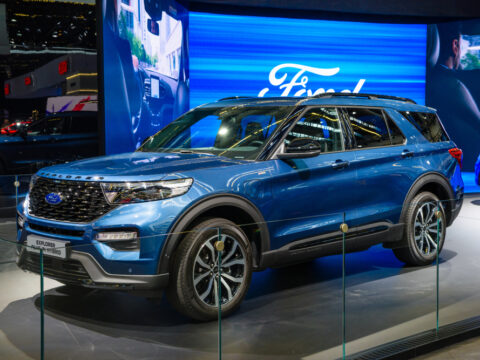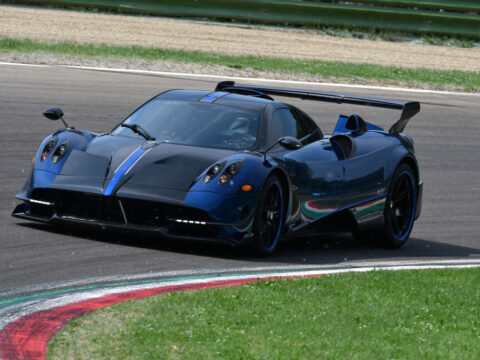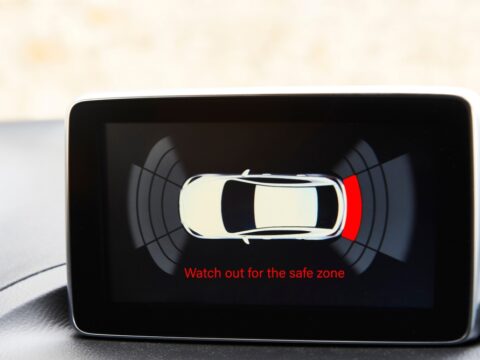Car maintenance is crucial for keeping your vehicle in top shape, but not everything you hear is true. In this article, we’ll uncover 17 car maintenance myths you need to stop believing. By understanding the facts, you can make better decisions and ensure your car runs smoothly for years to come.
Contents
Myth: Premium fuel improves performance in any car.
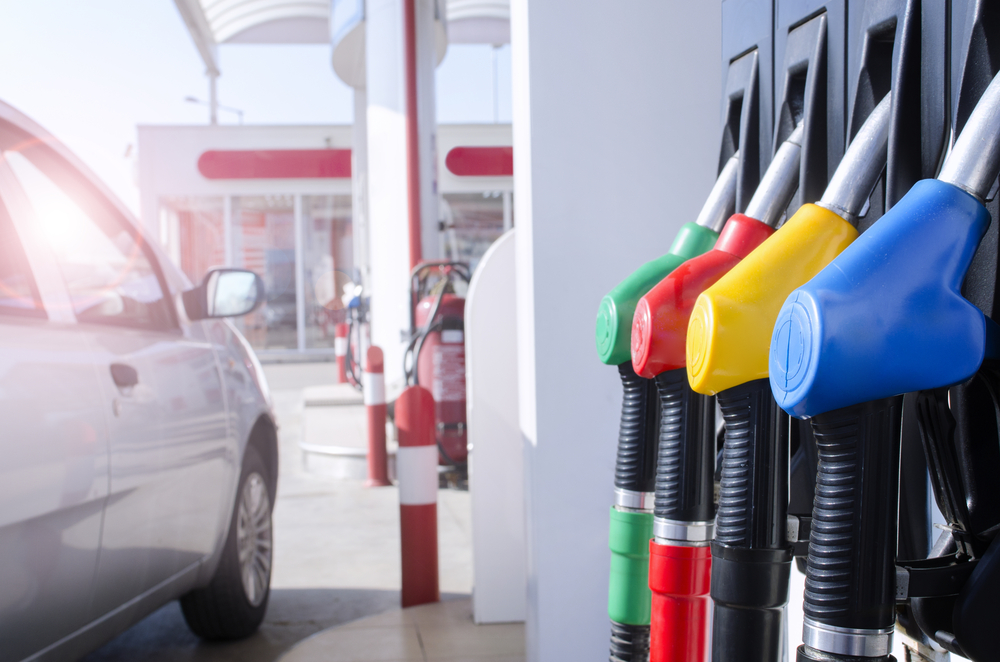
Fact: Premium fuel is designed for high-performance engines with higher compression ratios. If your car’s engine doesn’t require premium fuel, using it won’t improve performance or fuel economy. Instead, it can be an unnecessary expense without any added benefits.
Myth: Oil should be changed every 3,000 miles.
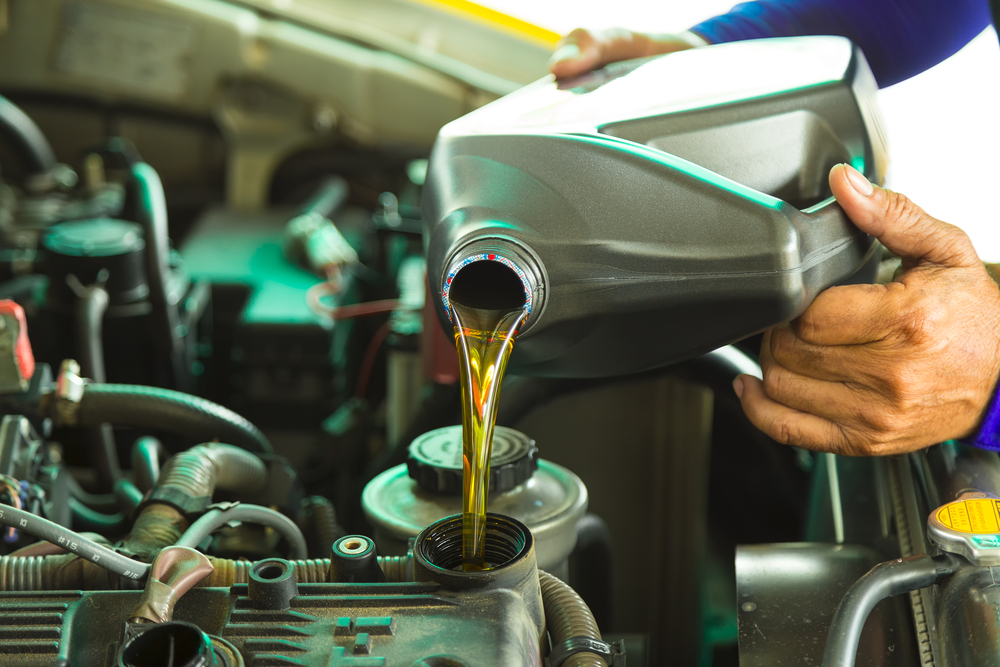
Fact: Modern engines and synthetic oils have advanced significantly. Many manufacturers now recommend oil changes at intervals of 5,000 to 7,500 miles, or even longer. Following the manufacturer’s guidelines ensures optimal engine performance without wasting resources.
Myth: Warming up your car is necessary before driving.
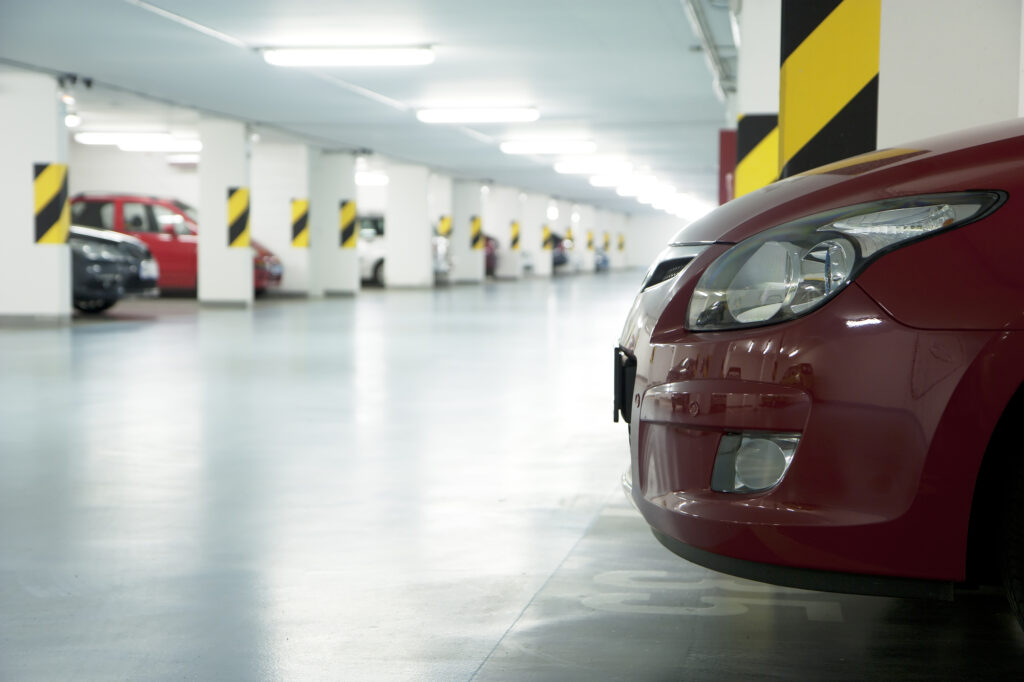
Fact: Modern engines are designed to perform well without extended idling. Idling wastes fuel and increases emissions. It’s best to start driving gently right after starting the engine, which helps it warm up more quickly.
Myth: Tire pressure should match the number on the tire.

Fact: The pressure listed on the tire sidewall is the maximum pressure the tire can hold, not the recommended pressure for your vehicle. The correct tire pressure can usually be found on a sticker inside the driver’s door or in the owner’s manual.
Myth: Your car battery fully recharges after a jump start.
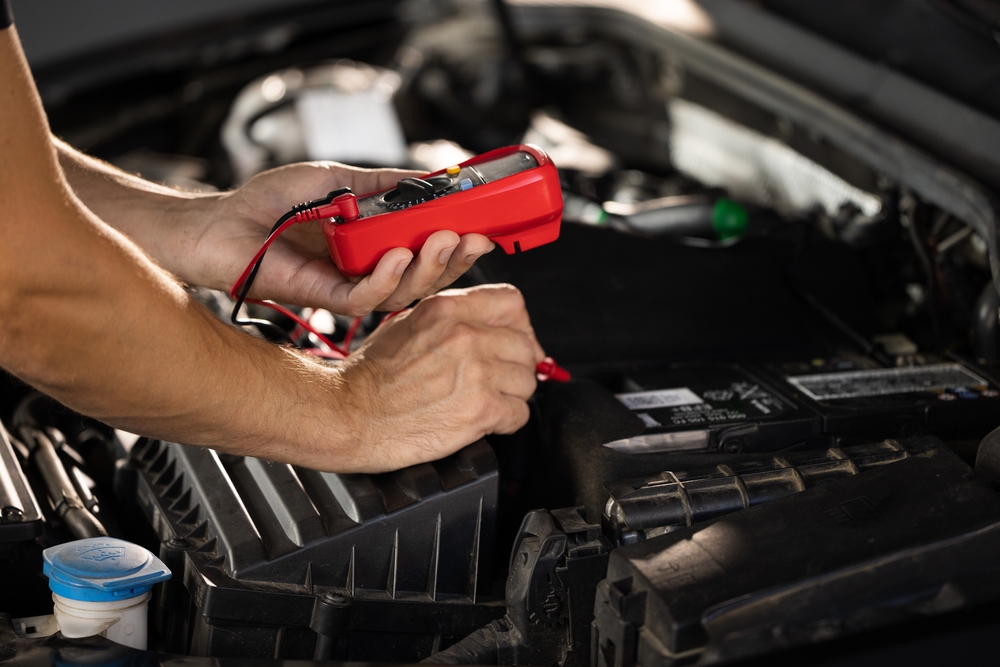
Fact: While a jump start can get your car running, it takes several hours of driving to fully recharge a dead battery. A battery charger is often needed to restore the battery to full capacity, especially if it has been deeply discharged.
Myth: Louder exhaust means more power.
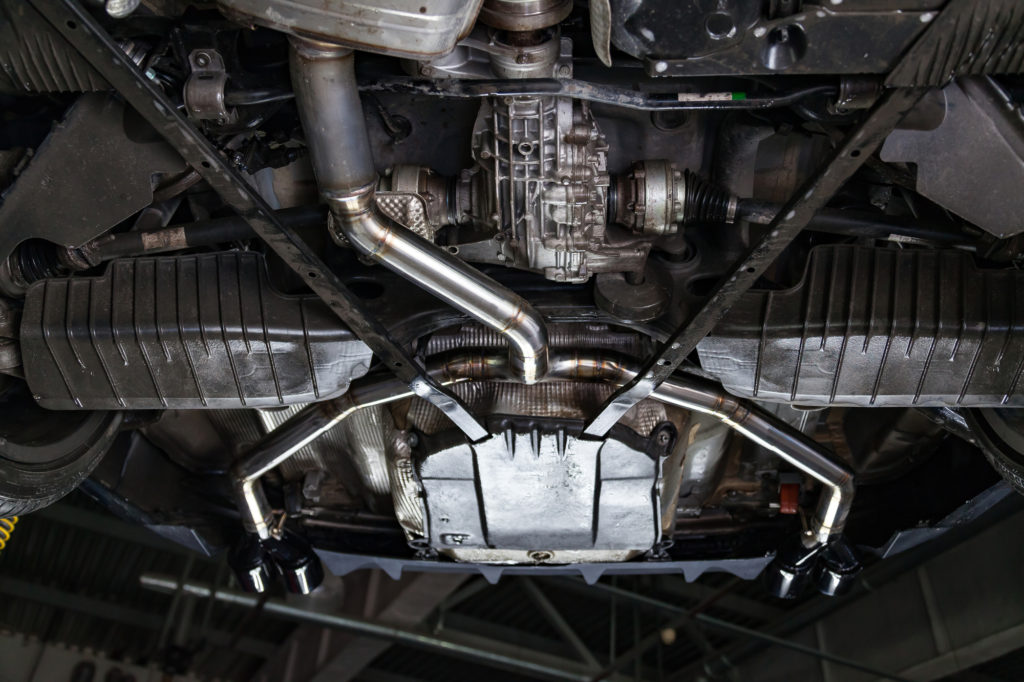
Fact: A loud exhaust can indicate an exhaust system problem, such as a leak. It doesn’t necessarily correlate with increased engine power. In fact, a properly functioning exhaust system is crucial for optimal engine performance and efficiency.
Myth: Washing your car in the sun is okay.
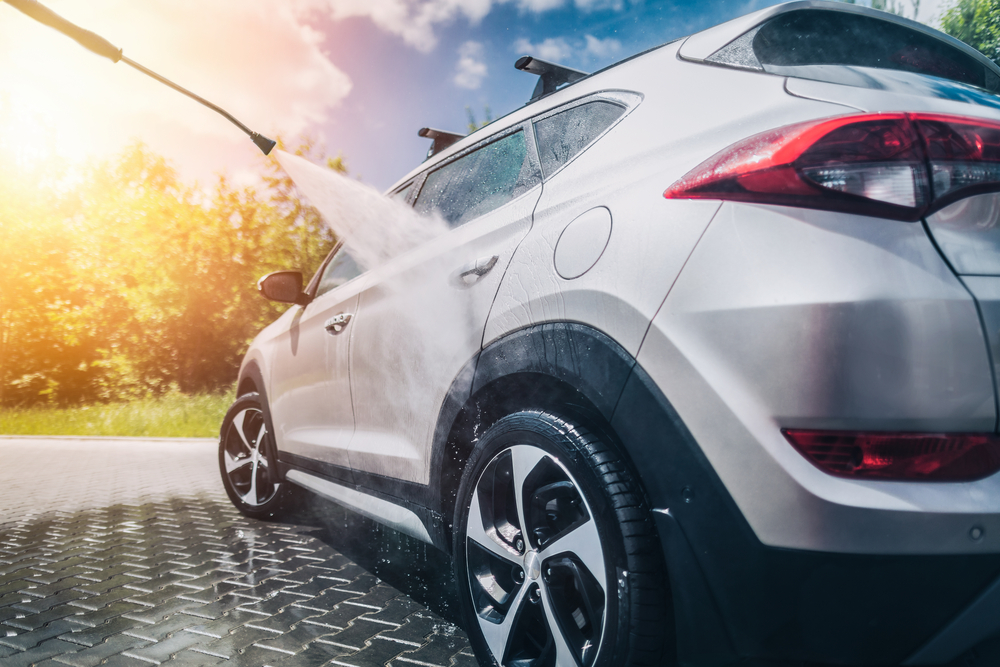
Fact: Washing your car in direct sunlight can cause water spots and streaks due to rapid drying. It’s best to wash your car in the shade or during cooler parts of the day to achieve a better, spot-free finish.
Myth: Only check oil levels at oil change time.
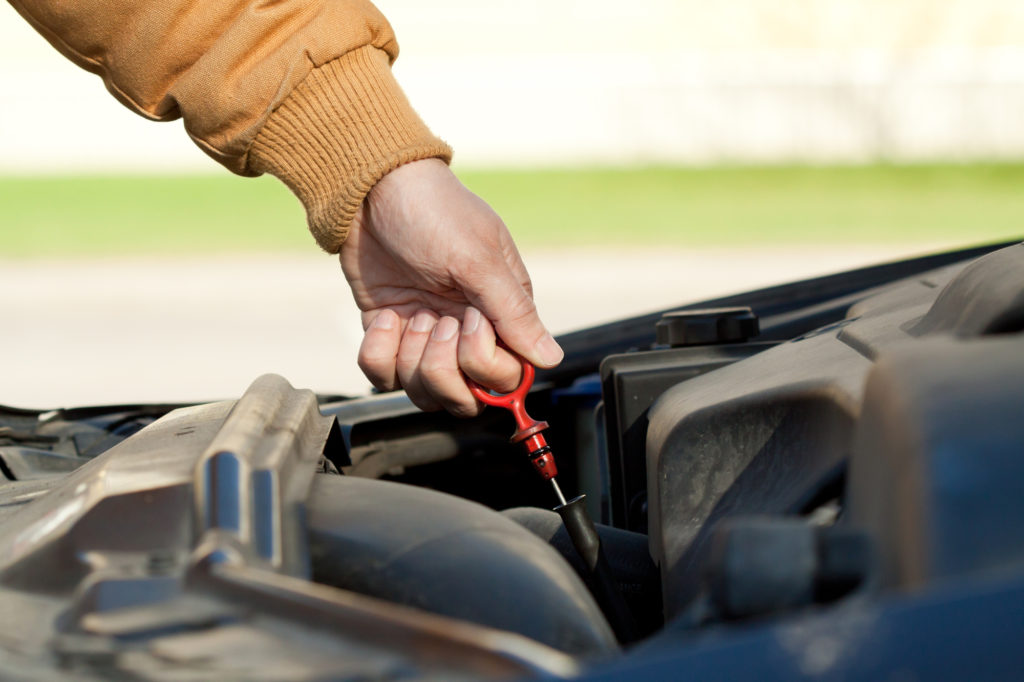
Fact: Regularly checking your oil level is important to ensure there are no leaks and that your engine has enough oil to operate smoothly. Low oil levels can cause severe engine damage, so frequent checks can prevent costly repairs.
Myth: All coolant types are the same.
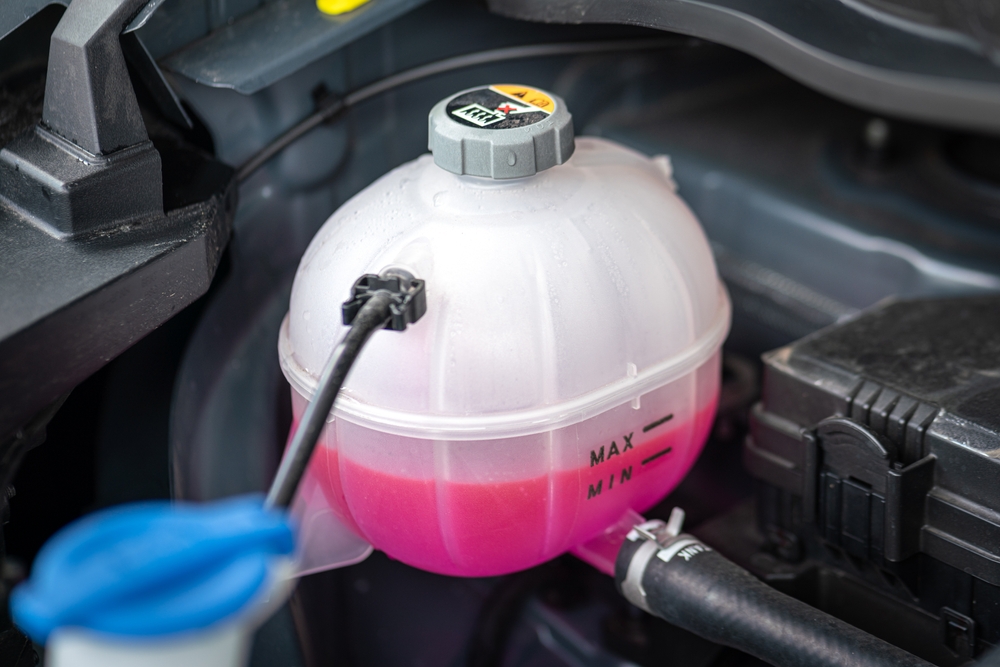
Fact: Different vehicles require specific types of coolant, and using the wrong type can lead to engine damage. Always use the coolant specified in your owner’s manual to ensure proper engine cooling and longevity.
Myth: Rotate tires with every oil change.
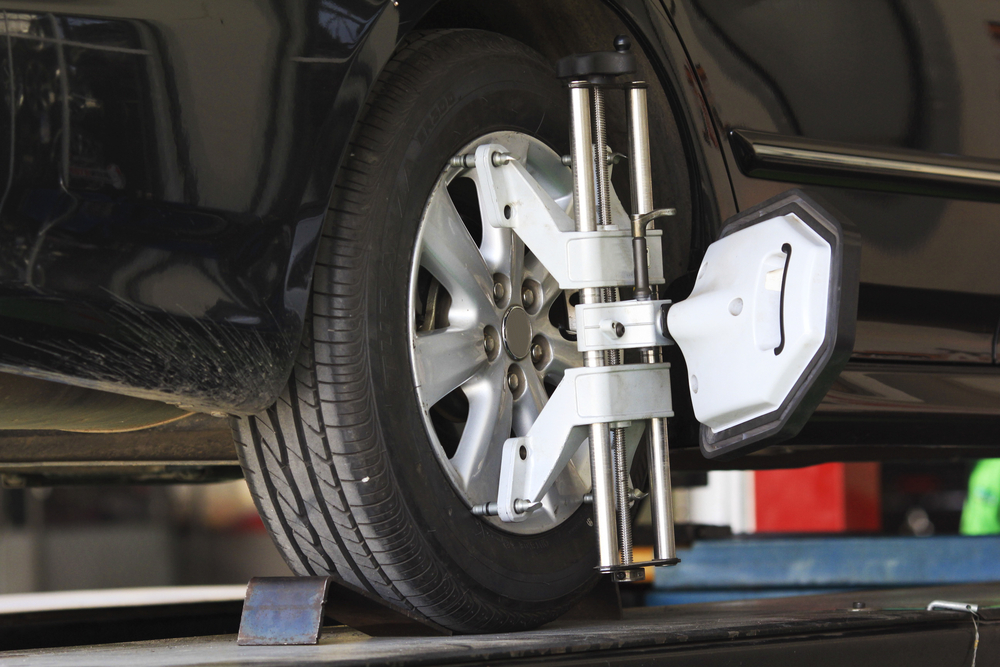
Fact: Tire rotation intervals vary depending on the vehicle and driving conditions. It’s important to follow the rotation schedule recommended in your owner’s manual, which might not always coincide with oil change intervals.
Myth: Replace all four tires at the same time.
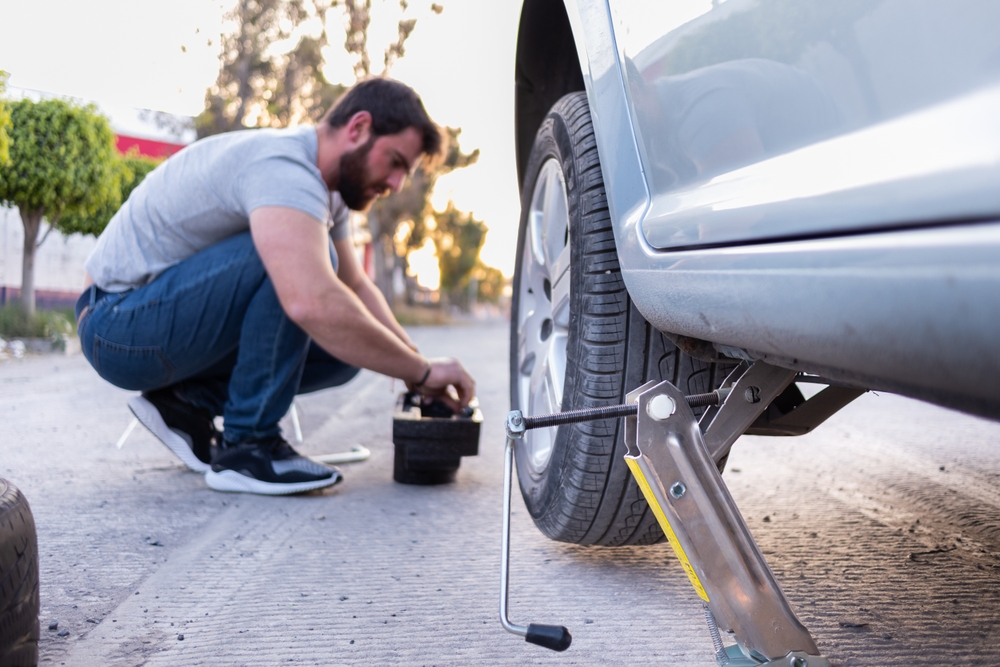
Fact: While replacing all four tires at once is ideal for balanced handling, it’s not always necessary. Replacing them in pairs (front or rear) is often sufficient, provided the remaining tires are in good condition and have adequate tread depth.
Myth: Air conditioning uses more fuel than open windows.

Fact: At highway speeds, open windows can create significant aerodynamic drag, reducing fuel efficiency more than using the air conditioning. At lower speeds, the difference is minimal, but it’s generally more efficient to use air conditioning at high speeds.
Myth: A cracked windshield is just cosmetic.
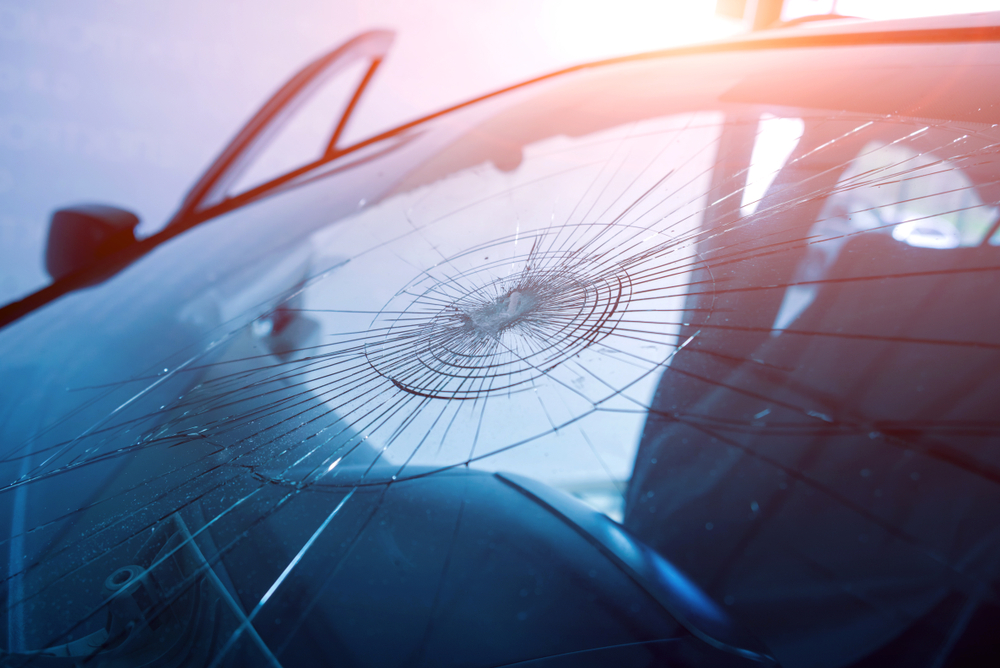
Fact: Cracks in the windshield can compromise its structural integrity and impair visibility. Over time, cracks can worsen and lead to more significant issues, including reduced protection in the event of an accident.
Myth: Brake fluid never needs changing.
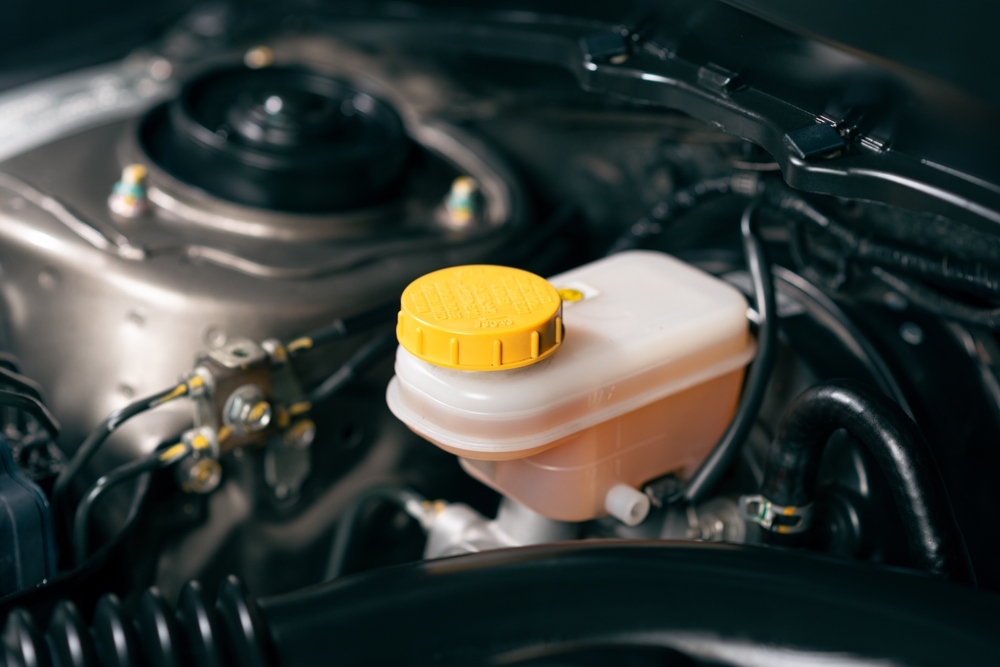
Fact: Brake fluid absorbs moisture over time, which can lead to corrosion and reduced braking performance. It should be changed according to the manufacturer’s recommendations to ensure safe and effective braking.
Myth: Engine flushes are always necessary.
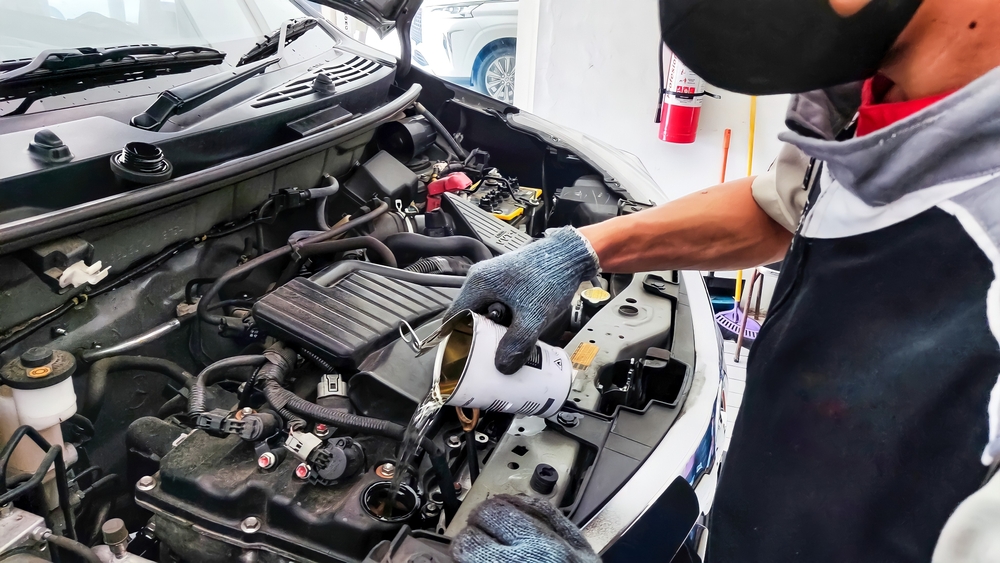
Fact: Regular oil changes with quality oil are usually sufficient to keep your engine clean. Engine flushes are only needed in specific situations, such as severe sludge buildup, and should be done based on a mechanic’s recommendation.
Myth: Low tire tread is okay in dry weather.
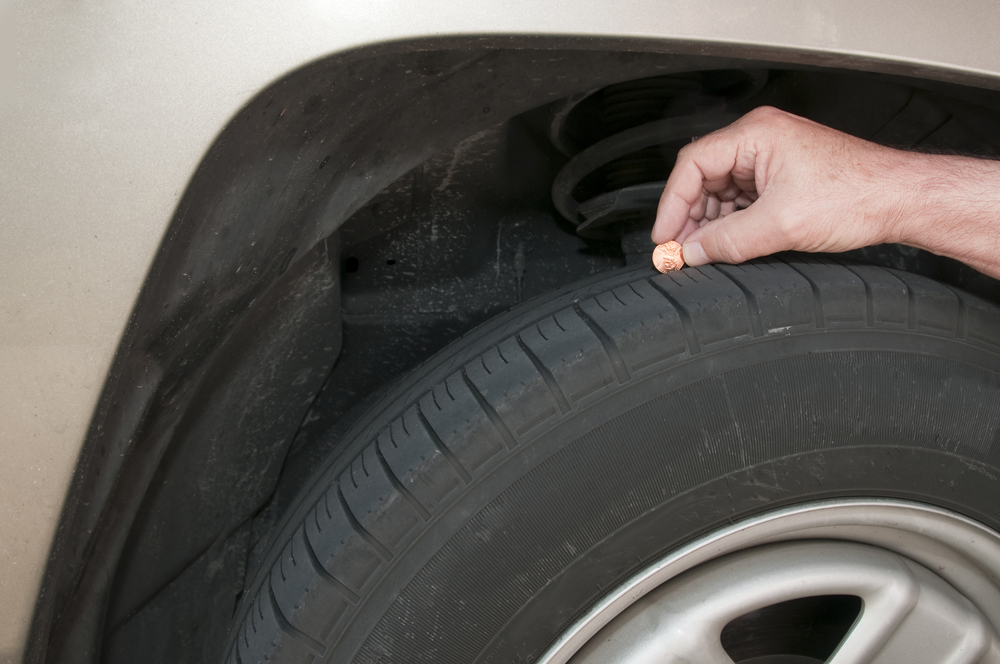
Fact: Low tread reduces traction and increases stopping distances, even in dry conditions. Adequate tread depth is essential for safe handling and braking in all weather conditions.
Myth: All windshield wiper blades are the same.
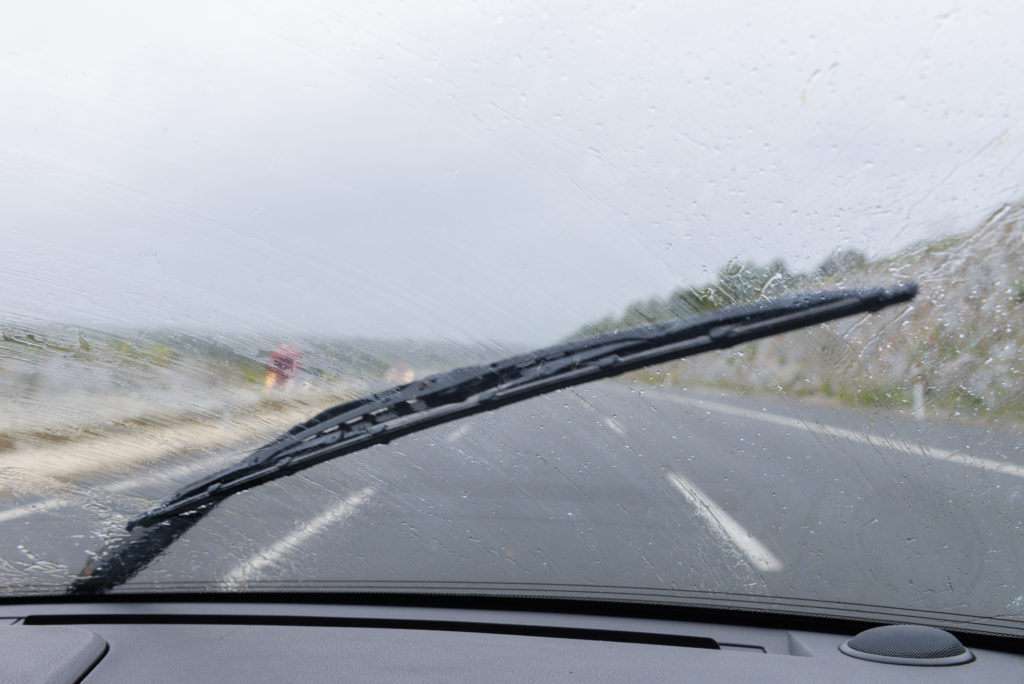
Fact: Wiper blades come in different sizes and styles, and using the wrong type can affect visibility and performance. Always use the correct size and type for your vehicle to ensure optimal visibility in all weather conditions.
This article originally appeared in MyCarMakesNoise.
More from MyCarMakesNoise
10 Strategies Big Oil Used to Counteract Electric Vehicle Momentum

From lobbying against pro-EV legislation to funding misinformation campaigns, this article explores the various strategies that have been employed to maintain the dominance of gasoline-powered transportation. Read More.
10 American Cars with Superior Aerodynamics
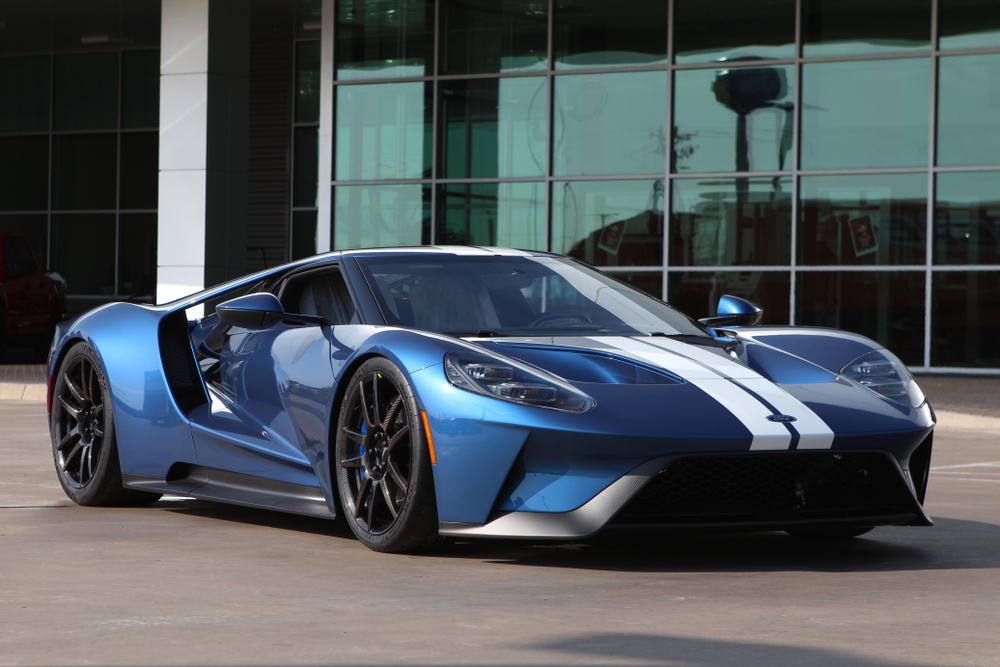
In the quest for speed, efficiency, and cutting-edge design, aerodynamics plays a pivotal role in the automotive world. From the groundbreaking electric propulsion of the Tesla Model S to the race-track-ready contours of the Dodge Viper ACR, each vehicle on this list represents a unique fusion of form and function, shaped by the relentless pursuit of aerodynamic perfection. Read More.
15 Long Haul Truck Driving Myths You Should Stop Believing
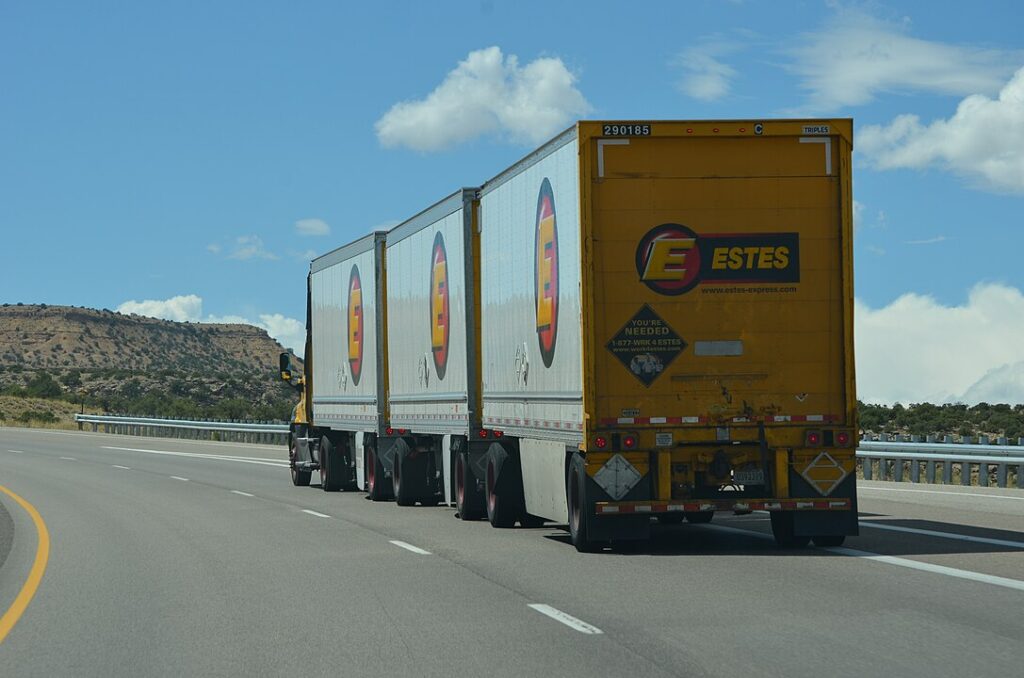
Long-haul truck driving is often surrounded by myths and misconceptions that can create a distorted view of this vital profession. From the lifestyle of truckers to the safety and regulations they follow, many beliefs simply aren’t true. Read More.


